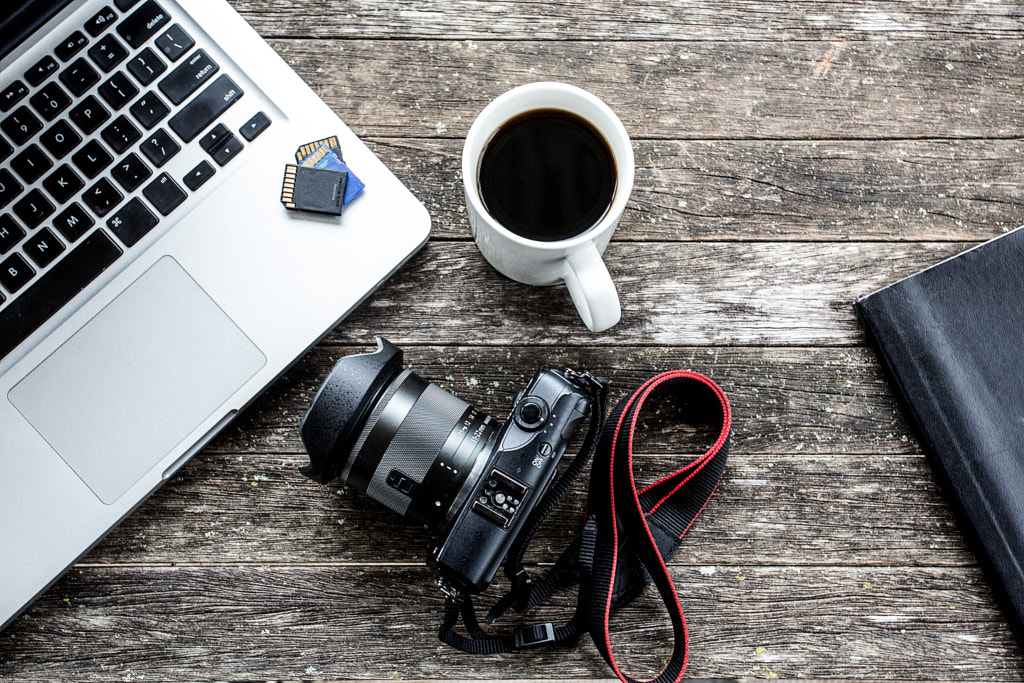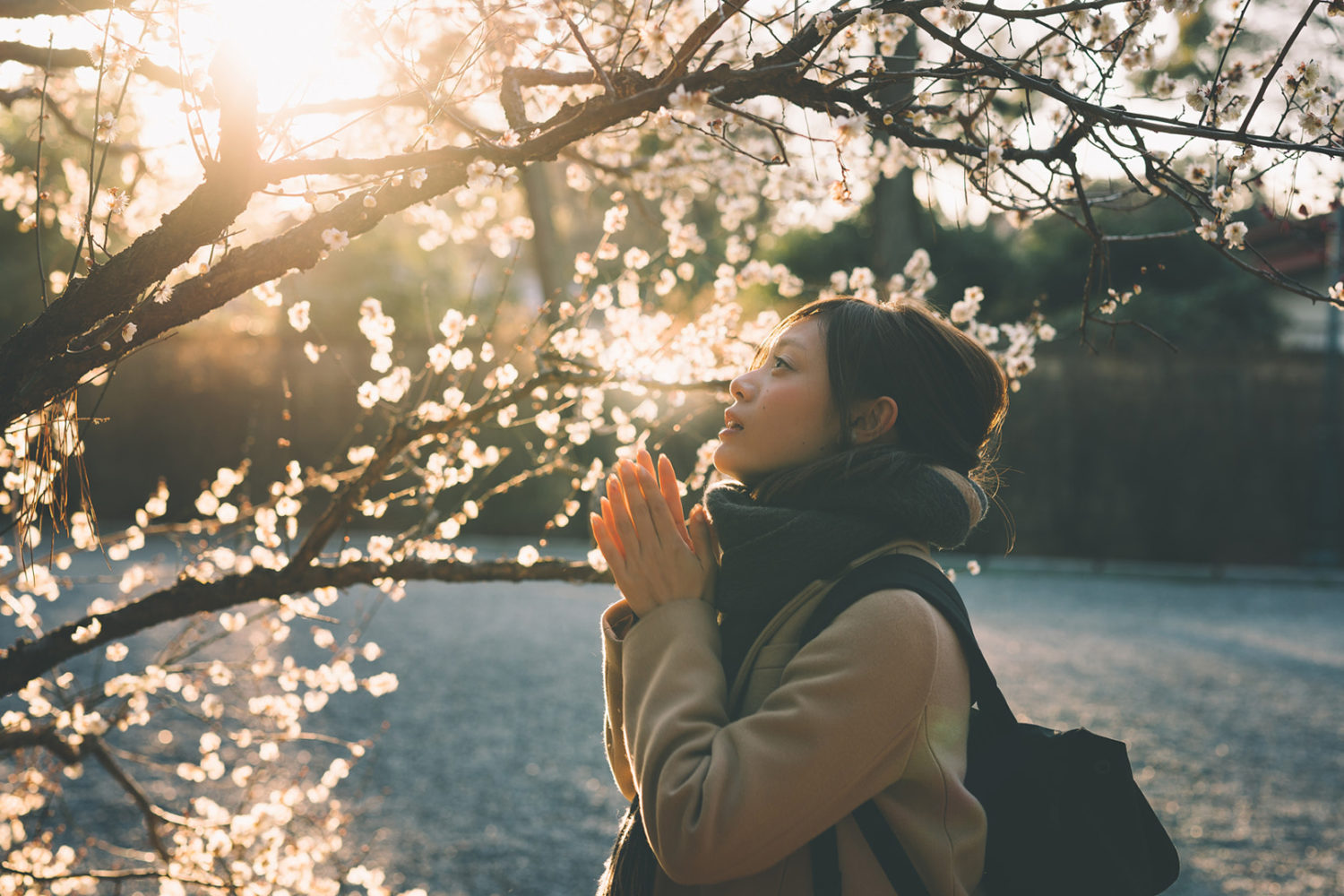Keywording has been a fundamental part of licensing stock photography since 1945 when the preeminent historian Charles Gibbs-Smith first developed a system for indexing and organizing images.
Now, 75 years later, the keywording process is more important than ever. If your photos aren’t keyworded, they simply won’t show up in image searches. They’ll just get buried under the hundreds, thousands, and even millions of photos that have the right metadata.
That doesn’t mean you have to spend forever keywording your photos. Unlike Gibbs-Smith all those years ago, we have all sorts of tools and resources for applying metadata to your photos, from editing apps to automatic generators. With the right workflow, it can become a quick and easy part of your routine.
Here are a few tips for making the process as painless as possible.
Tip 1: Add location details right away
We’ve mentioned before how adding detailed (and accurate) location tags to your photos can mean the difference between making a sale and missing it, and in this case, time is of the essence.
“It is important to assign location information from the start,” the 500px Content Team tells us. “When photographers have many different images from different trips, usually the longer they wait to assign the location to an image, the more confusion there will be. It’s hard to remember the exact location where an image was taken, let alone 50 or 200 images.”
Accurate location information is important, as it helps protect you and your clients. In 2015, for example, an American political campaign video went viral after it was discovered that they’d used stock footage from the UK and Asia to represent the US. Missteps like this can be costly, so take steps to avoid them.
Tip 2: Find the keywording software that works for you
“One thing photographers can do is use keywording software,” the Content Team adds. “Xpiks, Lightroom Keywords, and Keywords Ready are great examples of different tools photographers can rely on to simplify this process.” Depending on the software you choose, you’ll get handy features like keyword requirement checks, autocorrections, keyword suggestions, and more.
Remember to embed your metadata into the photo itself using Lightroom or your preferred photo management software. “We suggest contributors add five keywords minimum per photo, but the sweet spot is between 15-20,” the Content Team advises.
Tip 3: Get a spreadsheet going
Save time by keeping all your most-used keywords in one place. It can be as simple as starting a Google Sheet and adding different phrases and terms you end up using for different photography genres. Expand your list as you go.
Tip 4: Do some research
“Keeping an eye on the photos that are being highlighted in our Galleries and having a look at the keywords included in these images is always good practice,” the Content Team tells us.
Browse the 500px Blog and the Discovery sections on the homepage for top images from artists of all genres, and take a peep at what keywords they’re applying to their photos. If some jump out to you and apply to your own work, add them to your spreadsheet. It’s not stealing—it’s research.
Tip 5: Keyword in batches
Keywording photos individually is a waste of time and energy. “There are programs like Lightroom that will help photographers keep their photos organized as ‘collections’ by asking for general keywords for a specific set of images,” the Content Team explains. “These can always get more specific as the photographer edits each image.”
The painter tool in Lightroom is a stock photographer’s secret weapon: by clicking on it, you can select ‘Keywords’ or ‘Metadata’, enter all the info once, and then apply it to the images of your choice using the tool.
Tip 6: Make keywording the first thing you do at the computer
Get the basic, general keywords done quickly, right when you import your photos. “A good practice is to input as much general information as possible from the start and avoid treating metadata as an afterthought,” the Team adds. “You don’t want to have to go back to add this information once your photos have been edited and are ready to go.”
You might hesitate to keyword all your images upfront since you likely won’t end up processing them all and submitting them for Licensing, but if you’re working in batches, there’s no reason not to do it. It can also be a nightmare trying to find a photo weeks or months down the road if it hasn’t been keyworded.
Tip 7: Use the hierarchy method
In Lightroom and many similar apps, you can set up keyword lists using a hierarchy method, so that every time you add a specific keyword (e.g., “Golden Gate Bridge”), it will also add the associated “parent” keywords (e.g., San Francisco, California, United States). It can take some time to set up, but it’ll save you lots of unnecessarily scrolling in the long run.
In addition to hierarchies, you can also add synonyms in Lightroom so that when you enter one word, it’ll automatically apply identical or similar words and phrases.
Tip 8: Take note of your gear and camera settings
“Camera info is also an important piece of metadata that should be added when possible,” the Content Team says. Most digital cameras will automatically generate these details, so leave them in there when you’re editing on your computer.
Tip 9: Get specific
When you go in to edit each individual photo, that’s your chance to apply more detailed, relevant keywords that you couldn’t add when importing all your photos. Spend some time thinking about the different, more granular keywords and phrases you can apply to specific images and not others.
Tip 10: Tailor your keywords to Licensing clients
It can be tempting to use keywords on 500px in a way that’s similar to how you use hashtags on Instagram, but when you’re submitting your images for Licensing, those keywords all have to be relevant to potential buyers.
“Photographers should avoid using keywords in the same way they use tags on social media—tagging websites, their own name, or stuff like #photooftheday or #love,” the Content Team says.
“These details are counterproductive because they ‘dilute’ the search. If I was a buyer looking for a photo of ‘love’ for a Valentine’s Day ad, but every time I search for ‘love,’ I find #love (photos of houses, trips, pets, a new drone), then that’s not going to be useful.”
Tip 11: Remember your titles
When uploading your photos for Licensing, keep the titles straightforward to improve discoverability. Describe what’s happening in the photo, who’s in it, and where it’s taking place. “Vague, evocative, and heavily conceptual titles should be avoided,” the 500px Team tells us.
Tip 12: Make metadata a part of the creative process
Keywords don’t have to come into play only after you’ve taken your photos. In fact, for many stock photographers, they serve an essential role in the brainstorming phase of any profitable shoot. The 500px blog routinely publishes articles about trending topics, based on buyer searches, and that’s a great way to get ideas for upcoming projects.
“Ideally, photographers should go shooting with a clear idea of what their goal is, and we want to encourage them to be more intentional about what they shoot,” the Content Team says. Having a list of trending keywords to go along with your mood board, shot list, and storyboard can inspire you as you see a project through from beginning to end. Just remember to keep those initial keywords on hand so you can easily apply them in post-processing.
On 500px, as with most Licensing agencies, there are minimum metadata requirements for uploading your photos, but it’s easy to go beyond the bare minimum and instantly improve the discoverability of your photos—and your number of sales. With a little foresight and organization, metadata can become a fundamental part of your workflow, just like shooting and post-processing.
Not on 500px yet? Click here to learn about Licensing with 500px.










![[Photo Keywording Tips] How to add effective keywords to help your photos get discovered](https://iso.500px.com/wp-content/uploads/2014/10/500px_blog_photo_keywording_tips-1500x1000.jpg)


Leave a reply